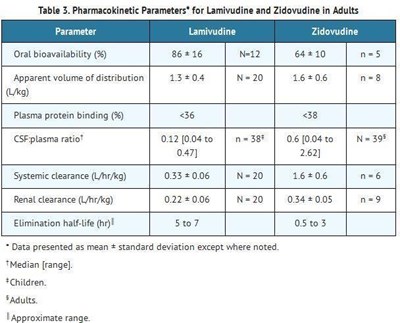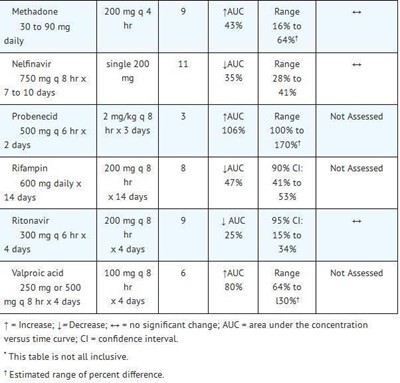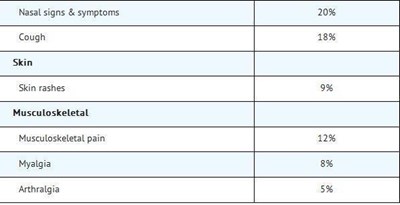Product Images Lamivudine Zidovudine
View Photos of Packaging, Labels & Appearance
Product Label Images
The following 9 images provide visual information about the product associated with Lamivudine Zidovudine NDC 61919-061 by Direct Rx, such as packaging, labeling, and the appearance of the drug itself. This resource could be helpful for medical professionals, pharmacists, and patients seeking to verify medication information and ensure they have the correct product.
image description - Label

This is the description of a generic medication called "Lamivudine/Zidovudine" used to treat HIV. Each coated tablet contains 150mg of lamivudine USP and 300mg of zidovudine USP. The medicine comes in a package of 2 tablets. It is recommended to store the medication between 8 and 30 degrees Celsius. The medication labels indicate the expiry date as November 2016, and Lot numbers 1503 and 210. The medicine may cause drowsiness or dizziness. The NOC number is included for reference purposes.*
image description - Molecule

Lamivudine and Zidovudine are drugs with specific chemical properties such as color, appearance, solubility, and molecular structure. Lamivudine is a white to off-white solid that dissolves in water at about 70 mg/mL at 20°C. Zidovudine has a molecular formula of C50H53N5O14 and a molecular weight of 267.24. It is a white to light yellowish powder that dissolves in water at approximately 20.1 mg/mL at 25°C. Utilization of these drugs is unknown from the given information.*
image description - Table1

Table 1 shows the selected clinical adverse reactions with frequencies observed in four controlled clinical trials with EPIVIR 300 mg/d and RETROVIR 600 mg/d. The table shows the adverse reactions for body as a whole, digestive and nervous system. The adverse reactions observed are headache, malaise and fatigue, fever or chills, nausea, diarrhea, nausea and vomiting, anorexia, decreased appetite, abdominal pain, abdominal cramps, dyspepsia, neuropathy, insomnia and other sleep disorders, dizziness, and depressive disorders.*
image description - Table2

Table 2 shows the frequencies of selected laboratory abnormalities among adults in four controlled clinical trials of EPIVIR plus RETROVIR. The table displays abnormal levels of neutropenia, anemia, thrombocytopenia, ALT, AST, bilirubin, and amylase along with their respective percentages and number of patients assessed. Frequencies of these laboratory abnormalities were higher in patients with mild laboratory abnormalities at baseline. ULN signifies upper limit of normal, and ANC represents absolute neutrophil count.*
image description - Table3

Table 3 shows the pharmacokinetic parameters for Lamivudine and Zidovudine in adults. The table presents information such as oral bioavailability, apparent volume of distribution, plasma protein binding, CSFplasma ratio, systemic clearance, renal clearance, and elimination half-life. The data presented in the table is in mean standard deviation except where noted. There is also a median and range included in the data.*
image description - Table4 1

This appears to be a table displaying the ranges of AUC (area under the concentration versus time curve) and percent difference for the drugs Methadone, Nelfinavir, Probenecid, Rifampin, Ritonavir, and Valproic acid under specific dosages and time periods. The symbols next to the percentage values indicate whether there was an increase, decrease or no significant change in AUC.*
image description - Table4

This is a table that shows the effects of coadministered drugs on Lamivudine and Zidovudine AUC. It also includes drugs that may alter the blood concentrations of both Lamivudine and Zidovudine. Routine dose modification of Lamivudine and Zidovudine is not warranted with the coadministration of the drugs mentioned in the table.*
image description - Table5

This is a table displaying the number of patients with at least one HIV-1 disease progression event or death under different therapies, including EPIVIR and an investigational non-nucleoside reverse transcriptase inhibitor. The percentages of patients with such events or deaths are shown under each therapy.*
* The product label images have been analyzed using a combination of traditional computing and machine learning techniques. It should be noted that the descriptions provided may not be entirely accurate as they are experimental in nature. Use the information in this page at your own discretion and risk.
